Home>Home Appliances>Home Automation Appliances>How Does Alexa Remote Work
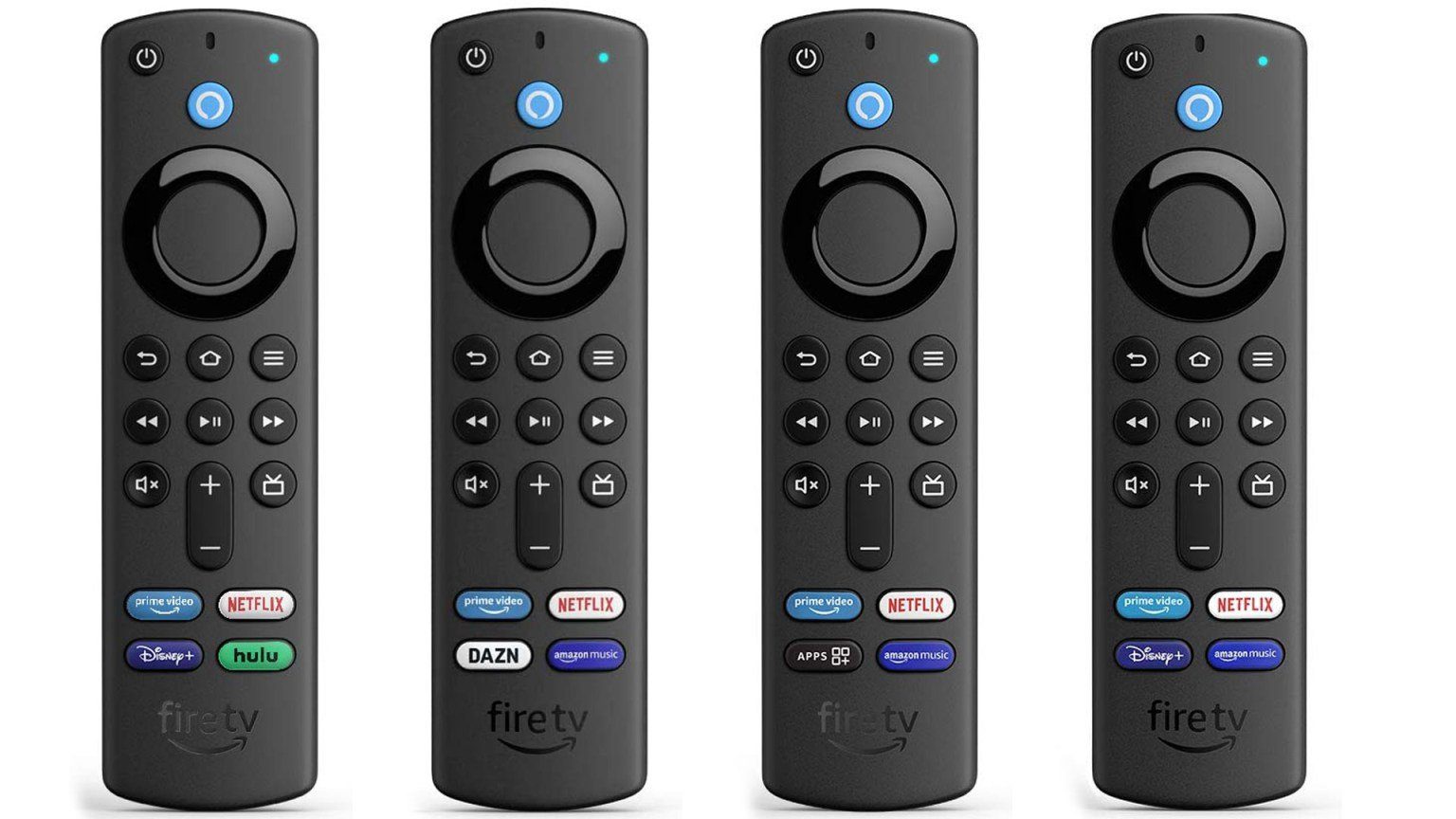

Home Automation Appliances
How Does Alexa Remote Work
Published: December 30, 2023
Learn how Alexa remote works with your home automation appliances. Control your devices with ease and convenience using Alexa's remote capabilities. Unlock the power of smart home control today!
(Many of the links in this article redirect to a specific reviewed product. Your purchase of these products through affiliate links helps to generate commission for Storables.com, at no extra cost. Learn more)
Introduction
In today's fast-paced world, technology continues to revolutionize the way we interact with our surroundings. The advent of smart home devices has brought about a new level of convenience and efficiency, allowing individuals to control various aspects of their homes with a simple voice command. Among these innovative devices, the Alexa Remote stands out as a powerful tool that seamlessly integrates with a wide range of smart home appliances.
The Alexa Remote, developed by Amazon, serves as a central hub for controlling smart home devices with voice commands. Whether it's adjusting the thermostat, dimming the lights, or playing music, this versatile remote empowers users to effortlessly manage their connected devices. Understanding the intricacies of this technology and its seamless integration into the home environment is essential for harnessing its full potential.
In this comprehensive guide, we will delve into the inner workings of the Alexa Remote, explore its components, and provide insights into its setup and functionality. Additionally, we will address common troubleshooting issues to ensure a smooth and uninterrupted user experience. By the end of this journey, you will have a thorough understanding of how the Alexa Remote operates and how it can enhance the functionality of your smart home appliances. So, let's embark on this enlightening exploration of the Alexa Remote and unlock the possibilities it offers for modern home automation.
Key Takeaways:
- The Alexa Remote is a powerful tool that lets you control your smart home devices with just your voice. It’s like having a magic wand for your home!
- Setting up the Alexa Remote is easy, and it can help make your home more convenient and fun. Just follow a few simple steps to get started with voice-controlled home automation.
Read more: How Does Alexa Work?
Understanding Alexa Remote
Before delving into the technical aspects of the Alexa Remote, it’s important to grasp the fundamental concept behind this innovative device. The Alexa Remote, also known as the Amazon Alexa Voice Remote, is a handheld controller that enables users to interact with their smart home appliances using voice commands. It seamlessly integrates with Amazon’s virtual assistant, Alexa, which serves as the central intelligence for processing and executing these commands.
One of the key advantages of the Alexa Remote is its intuitive and user-friendly design. Equipped with a built-in microphone, the remote captures voice inputs and transmits them to the connected smart home devices. This hands-free approach to controlling appliances eliminates the need for manual adjustments, offering unparalleled convenience and accessibility.
Furthermore, the Alexa Remote acts as a bridge between the user and the interconnected ecosystem of smart home devices. By leveraging voice recognition technology, it interprets and executes a diverse range of commands, allowing individuals to seamlessly manage their environment with natural language interactions.
As the cornerstone of the smart home experience, the Alexa Remote embodies Amazon’s commitment to streamlining daily routines and enhancing the overall quality of life through technology. Its ability to understand and respond to voice commands empowers users to effortlessly orchestrate their connected devices, creating a harmonious and personalized living space.
By comprehending the essence of the Alexa Remote and its pivotal role in home automation, individuals can harness its capabilities to optimize their living environment and embrace the future of interconnected smart home technology.
Components of Alexa Remote
The Alexa Remote comprises several key components that collectively contribute to its functionality and versatility. Understanding these components is essential for gaining insight into the remote’s capabilities and its seamless integration with a myriad of smart home devices.
1. Microphone: At the core of the Alexa Remote lies a high-performance microphone designed to capture and process voice commands. This sophisticated component facilitates natural language interactions, enabling users to communicate with their smart home appliances effortlessly.
2. Navigation Buttons: The remote features intuitive navigation buttons that allow users to navigate menus, select options, and control various functions of compatible devices. These tactile controls enhance the user experience, providing a familiar interface for effortless interaction.
3. Voice Activation Button: A prominent feature of the Alexa Remote is the voice activation button, which serves as the gateway to initiating voice commands. By pressing this button, users can seamlessly engage with Alexa and issue a diverse array of instructions to their connected smart home devices.
4. Bluetooth Connectivity: The Alexa Remote utilizes Bluetooth technology to establish a seamless connection with compatible smart home appliances. This wireless communication protocol enables the remote to communicate with a wide range of devices, fostering a cohesive and interconnected ecosystem within the home environment.
5. Infrared Emitter: In addition to its wireless capabilities, the Alexa Remote is equipped with an infrared (IR) emitter, allowing it to communicate with IR-controlled appliances such as TVs, sound systems, and other entertainment devices. This feature expands the remote’s compatibility, making it a versatile controller for both smart and traditional home electronics.
6. Battery Compartment: To ensure uninterrupted functionality, the Alexa Remote houses a battery compartment that accommodates the power source for the device. This compartment is designed for easy access, allowing users to replace the batteries as needed to maintain the remote’s operational readiness.
By understanding the intricate components of the Alexa Remote, users can appreciate the seamless integration of advanced technology and user-centric design. These components collectively form a cohesive and intuitive interface, empowering individuals to interact with their smart home devices in a seamless and efficient manner.
How Alexa Remote Works
The functionality of the Alexa Remote is rooted in its seamless integration with Amazon’s virtual assistant, Alexa, and its ability to communicate with a diverse array of smart home devices. Understanding the underlying mechanisms of how the Alexa Remote operates provides valuable insights into its role as a central control hub within the smart home ecosystem.
When a user issues a voice command by activating the remote’s microphone, the audio input is captured and transmitted to the Alexa Voice Service (AVS), Amazon’s cloud-based voice recognition and natural language understanding platform. AVS processes the voice command, interprets the user’s intent, and formulates an appropriate response or action based on the context of the request.
Upon receiving the interpreted command, AVS communicates with the respective smart home device or service, orchestrating the execution of the user’s instructions. Whether it involves adjusting the thermostat, turning on lights, or playing music, the Alexa Remote serves as the conduit through which these commands are relayed to the interconnected devices, seamlessly integrating the user’s voice-driven directives into the fabric of their home environment.
Furthermore, the Alexa Remote’s Bluetooth connectivity enables it to establish a wireless link with compatible smart home appliances, fostering a cohesive network that encompasses a diverse range of devices. This connectivity allows the remote to interact with and control an extensive array of smart home products, ranging from lighting systems and thermostats to entertainment devices and security systems.
Additionally, the incorporation of an infrared (IR) emitter enhances the remote’s compatibility by enabling it to communicate with traditional IR-controlled devices, bridging the gap between modern smart home technology and legacy electronics.
By seamlessly interfacing with the user’s voice commands and transmitting them to the cloud for processing, the Alexa Remote exemplifies the convergence of cutting-edge voice recognition technology, wireless connectivity, and intuitive design. This amalgamation of features culminates in a user-friendly and versatile control interface that empowers individuals to effortlessly manage their smart home environment with natural language interactions.
The underlying principles of how the Alexa Remote operates underscore its pivotal role as a catalyst for streamlined home automation, offering a glimpse into the seamless orchestration of smart home devices through the power of voice commands and intelligent connectivity.
When using Alexa Remote, make sure your device is connected to the same Wi-Fi network as your Alexa-enabled device. This will ensure a smooth and reliable connection for controlling your Alexa device remotely.
Setting Up Alexa Remote
Setting up the Alexa Remote is a straightforward process that involves a few simple steps to establish seamless connectivity with the user’s smart home devices. Whether it’s pairing the remote with compatible appliances or configuring its settings, the setup procedure is designed to be intuitive and user-friendly, ensuring a hassle-free transition into the realm of voice-controlled home automation.
1. Pairing with Amazon Echo: To begin the setup process, ensure that the Alexa Remote is within range of the Amazon Echo device, which serves as the central hub for managing smart home interactions. The remote can be paired with the Echo through the Alexa app, which facilitates the seamless integration of the remote into the existing ecosystem of connected devices.
2. Powering On the Remote: Once the remote is paired with the Amazon Echo, power it on by inserting the required batteries into the designated compartment. The remote is designed to be energy-efficient, providing extended usage on a single set of batteries.
3. Configuring Device Settings: Access the device settings within the Alexa app to customize the behavior and functionality of the remote. This includes adjusting the sensitivity of the microphone, configuring navigation button preferences, and fine-tuning other aspects of the remote’s operation to align with the user’s preferences.
4. Adding Compatible Devices: Through the Alexa app, users can seamlessly add and configure a diverse range of compatible smart home devices to be controlled by the Alexa Remote. This process involves identifying and linking the desired appliances to the remote, enabling comprehensive management of the user’s smart home environment.
5. Voice Training: To enhance the remote’s voice recognition capabilities, users have the option to engage in voice training exercises within the Alexa app. This feature allows the remote to adapt to the user’s speech patterns and accent, optimizing its ability to accurately interpret voice commands.
6. Testing Functionality: Once the setup is complete, users can test the functionality of the Alexa Remote by issuing voice commands to control various smart home devices. This hands-on verification ensures that the remote is seamlessly integrated and capable of managing the user’s connected appliances with precision and responsiveness.
By following these straightforward steps, users can swiftly set up the Alexa Remote and immerse themselves in the seamless world of voice-controlled home automation. The intuitive nature of the setup process underscores Amazon’s commitment to delivering a user-centric and accessible smart home experience, empowering individuals to effortlessly manage their living environment with the power of voice commands.
Read more: How Does Eero Work With Alexa
Controlling Devices with Alexa Remote
The Alexa Remote serves as a versatile and intuitive tool for controlling a diverse array of smart home devices, offering users the convenience of effortlessly managing their interconnected appliances with natural language interactions. By leveraging the remote’s capabilities, individuals can seamlessly orchestrate their living environment, from adjusting lighting and temperature settings to accessing entertainment and multimedia content.
Voice-Activated Commands: The primary mode of interaction with the Alexa Remote revolves around issuing voice commands to initiate specific actions. By simply activating the remote’s microphone and articulating a command, users can prompt the remote to relay instructions to their connected smart home devices, facilitating seamless control and management.
Device-Specific Controls: The Alexa Remote supports a wide range of device-specific controls, allowing users to tailor their interactions based on the unique capabilities of each appliance. Whether it involves adjusting the color and brightness of smart lights, setting the temperature on a smart thermostat, or initiating playback on compatible entertainment systems, the remote provides granular control over a diverse array of devices.
Multi-Device Coordination: With the ability to communicate with multiple smart home devices simultaneously, the Alexa Remote enables users to orchestrate coordinated actions across their interconnected ecosystem. This includes creating custom routines and scenes that trigger a sequence of predefined actions across different devices, fostering a cohesive and synchronized home automation experience.
Entertainment Navigation: In addition to managing smart home appliances, the Alexa Remote facilitates seamless navigation and control of entertainment devices such as smart TVs, sound systems, and streaming media players. Users can effortlessly browse content, adjust volume levels, and initiate playback using intuitive voice commands, enhancing the overall entertainment experience within the home environment.
Accessibility and Inclusivity: The voice-driven nature of the Alexa Remote ensures accessibility and inclusivity, allowing individuals of all abilities to interact with and manage their smart home devices. This inclusive approach to home automation empowers users to overcome physical barriers and seamlessly integrate technology into their daily routines.
By harnessing the capabilities of the Alexa Remote, users can embrace a seamless and intuitive approach to controlling their smart home devices. The remote’s versatility, coupled with its natural language interaction, exemplifies the evolution of home automation, offering a user-centric and accessible interface for managing the modern connected home.
Troubleshooting Alexa Remote Issues
While the Alexa Remote is designed to deliver a seamless and intuitive smart home experience, occasional issues may arise that impact its functionality. Addressing these challenges through effective troubleshooting ensures that users can continue to leverage the remote’s capabilities and maintain a harmonious interconnected home environment.
1. Connectivity Problems: If the Alexa Remote experiences connectivity issues with smart home devices, ensure that the remote is within range of the connected appliances and that the devices are powered on and operational. Additionally, verifying the strength and stability of the Wi-Fi network can help mitigate connectivity-related issues.
2. Voice Recognition Concerns: In cases where the remote exhibits challenges in accurately recognizing voice commands, conducting voice training exercises within the Alexa app can enhance the remote’s ability to interpret and respond to user inputs. Additionally, minimizing background noise and speaking clearly during interactions can improve voice recognition accuracy.
3. Battery Performance: If the remote’s battery life appears to be diminished, consider replacing the batteries with fresh ones to ensure optimal performance. Additionally, adjusting the remote’s power-saving settings within the Alexa app can help prolong battery life between replacements.
4. Firmware Updates: Periodically check for firmware updates for the Alexa Remote within the Alexa app to ensure that the remote is running the latest software version. Keeping the remote’s firmware up to date can address known issues and introduce new features and enhancements.
5. Device Compatibility: In scenarios where the remote encounters compatibility issues with specific smart home devices, verify that the devices are listed as compatible with the Alexa Remote. Updating the firmware of the connected devices and ensuring that they are within the recommended operating specifications can help resolve compatibility challenges.
6. Reset and Re-Pairing: If persistent issues persist, performing a reset of the Alexa Remote and re-pairing it with the Amazon Echo device can help address underlying connectivity and configuration issues. This process can restore the remote to a functional state and re-establish its seamless integration with the smart home ecosystem.
By addressing these common troubleshooting considerations, users can navigate and resolve potential challenges encountered with the Alexa Remote, ensuring that it continues to serve as a reliable and intuitive control interface for their smart home devices. Through proactive troubleshooting and maintenance, individuals can optimize their home automation experience and mitigate disruptions to their interconnected living environment.
Conclusion
The Alexa Remote represents a cornerstone of modern home automation, offering users a powerful and intuitive tool for controlling a diverse array of smart home devices with natural language interactions. By seamlessly integrating with Amazon’s virtual assistant, Alexa, the remote empowers individuals to orchestrate their living environment with effortless voice commands, fostering a seamless and personalized home automation experience.
Throughout this comprehensive guide, we’ve explored the intricacies of the Alexa Remote, delving into its components, functionality, and setup process. From understanding the underlying mechanisms of how the remote operates to troubleshooting common issues, we’ve provided valuable insights to equip users with the knowledge and resources to maximize the potential of their Alexa Remote.
As technology continues to evolve, the Alexa Remote stands as a testament to the transformative power of interconnected smart home devices. Its ability to seamlessly communicate with a diverse range of appliances, from lighting systems and thermostats to entertainment devices and security systems, underscores its pivotal role as a central control interface within the modern home environment.
Furthermore, the inclusive and accessible nature of the Alexa Remote ensures that individuals of all abilities can engage with and manage their smart home devices, fostering an environment of inclusivity and empowerment.
By embracing the capabilities of the Alexa Remote, users can unlock the potential for seamless home automation, enabling them to effortlessly manage their living environment with the power of voice commands and intelligent connectivity.
As we continue to journey into the era of interconnected living spaces, the Alexa Remote stands as a beacon of innovation, offering a glimpse into the future of smart home technology and the seamless integration of intelligent devices into our daily lives.
With its intuitive design, versatile functionality, and commitment to accessibility, the Alexa Remote exemplifies the evolution of home automation, paving the way for a more connected, efficient, and personalized living experience.
Frequently Asked Questions about How Does Alexa Remote Work
Was this page helpful?
At Storables.com, we guarantee accurate and reliable information. Our content, validated by Expert Board Contributors, is crafted following stringent Editorial Policies. We're committed to providing you with well-researched, expert-backed insights for all your informational needs.
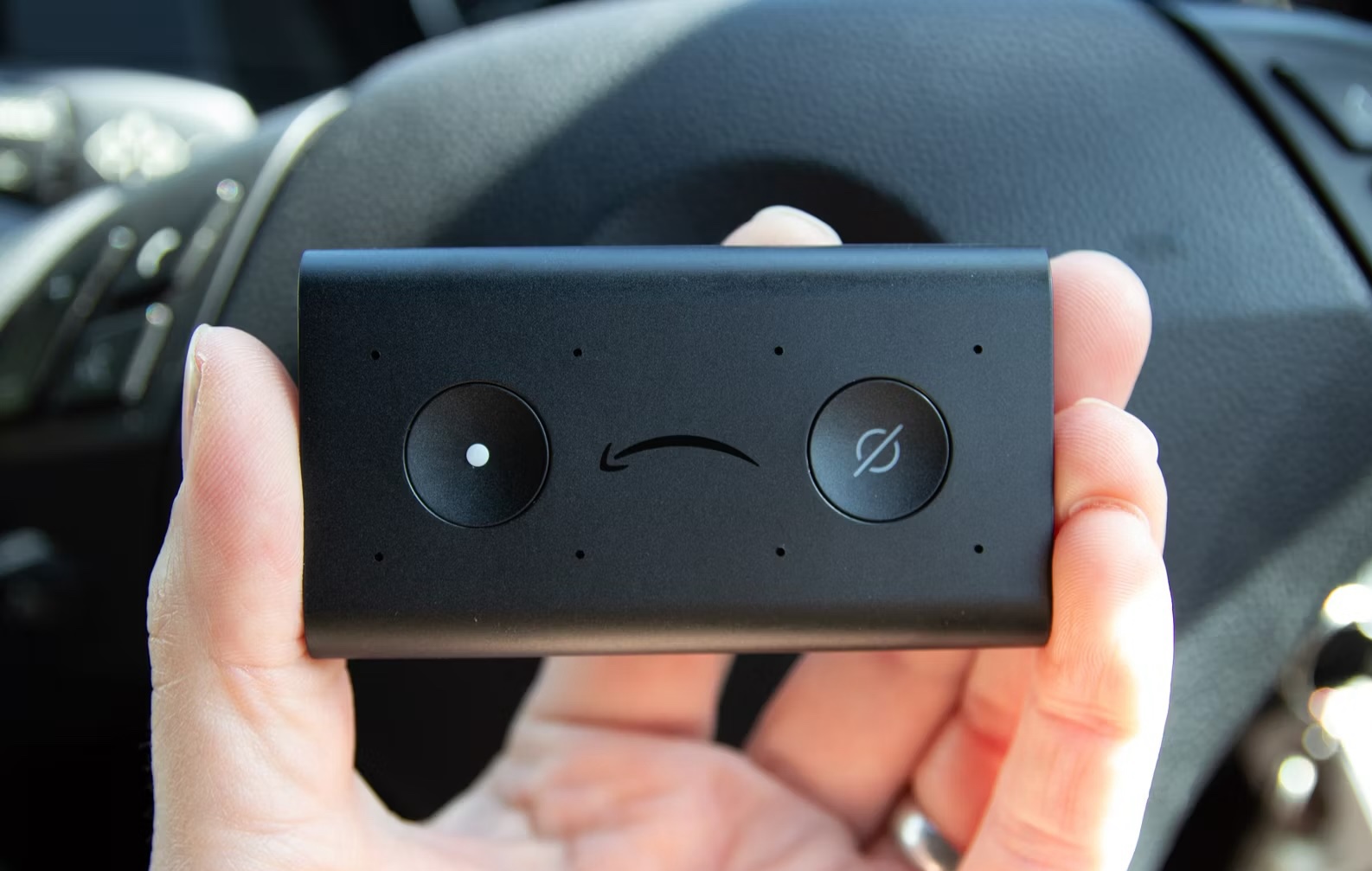

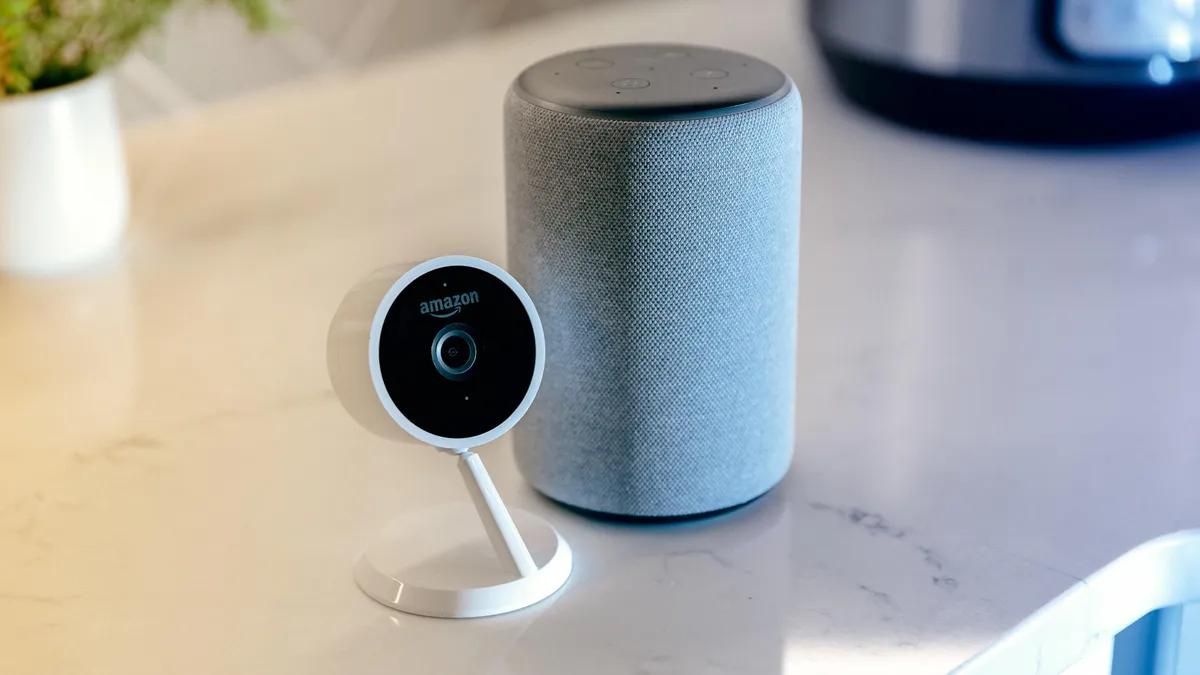
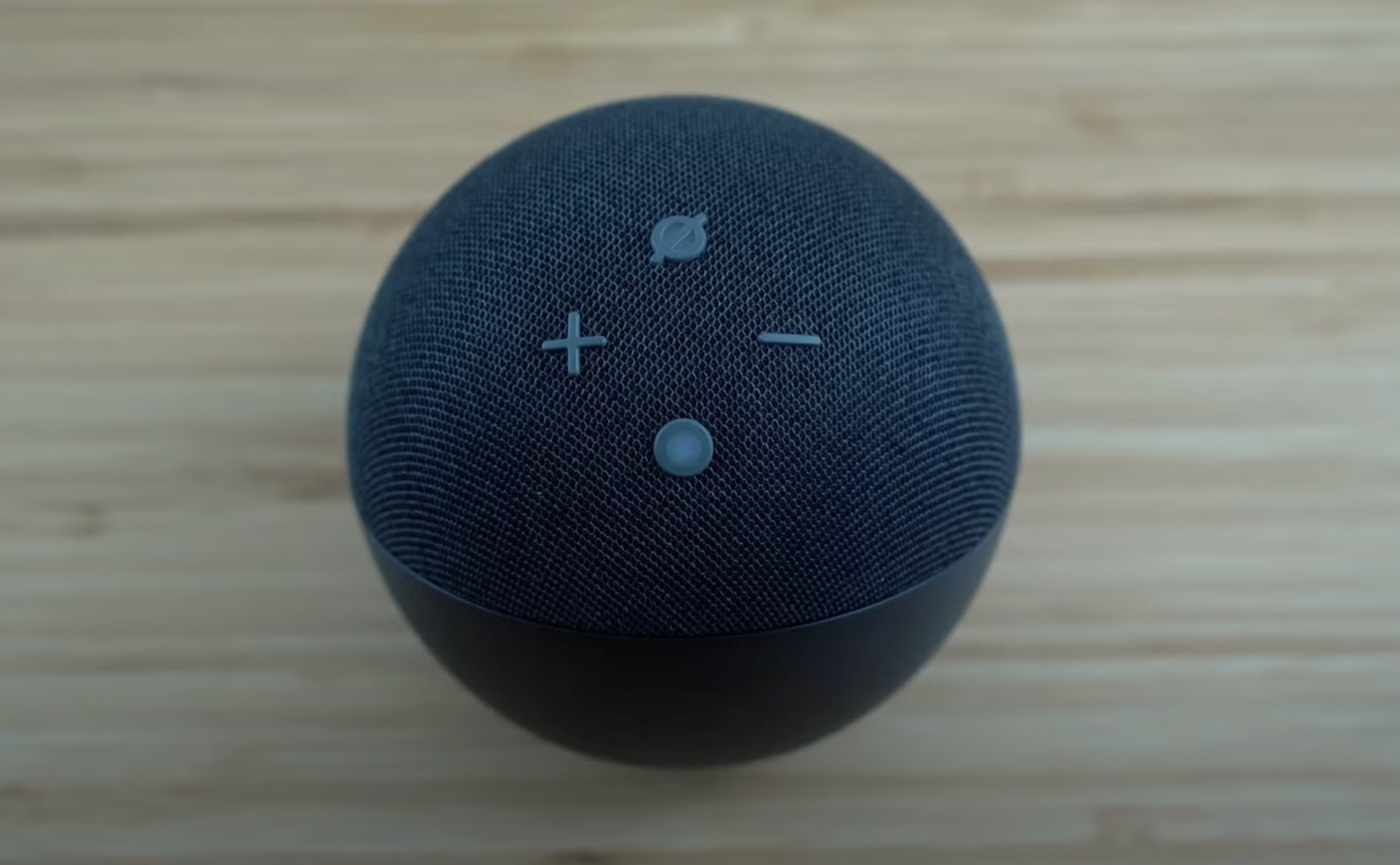
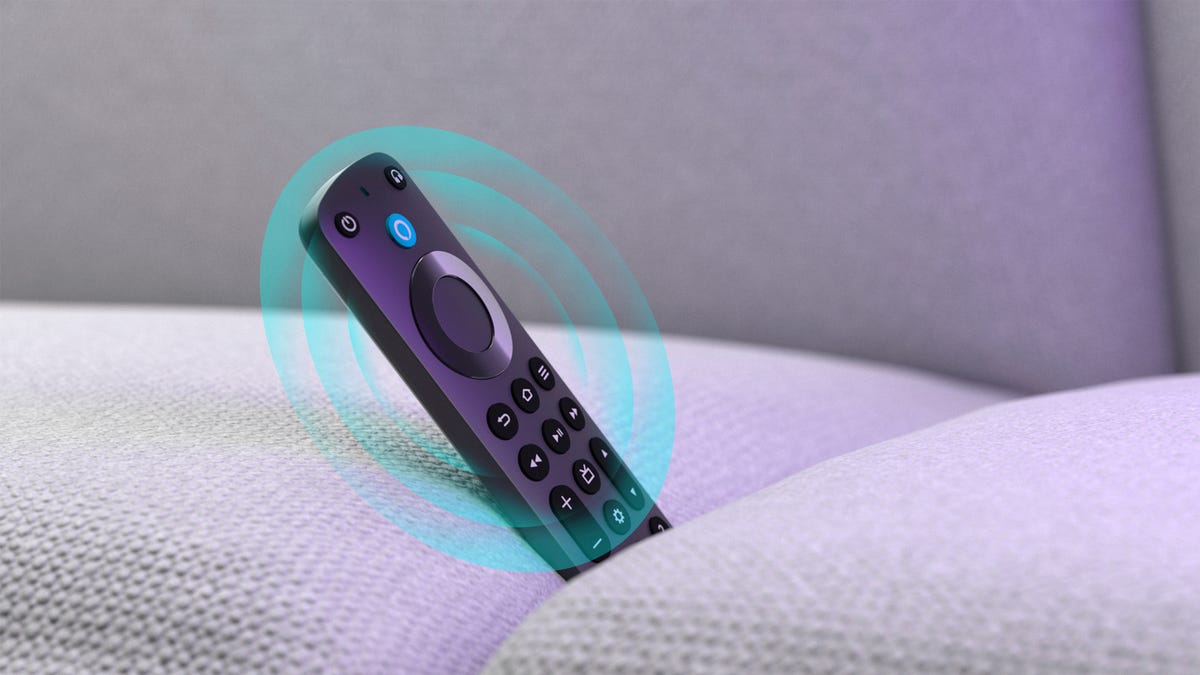
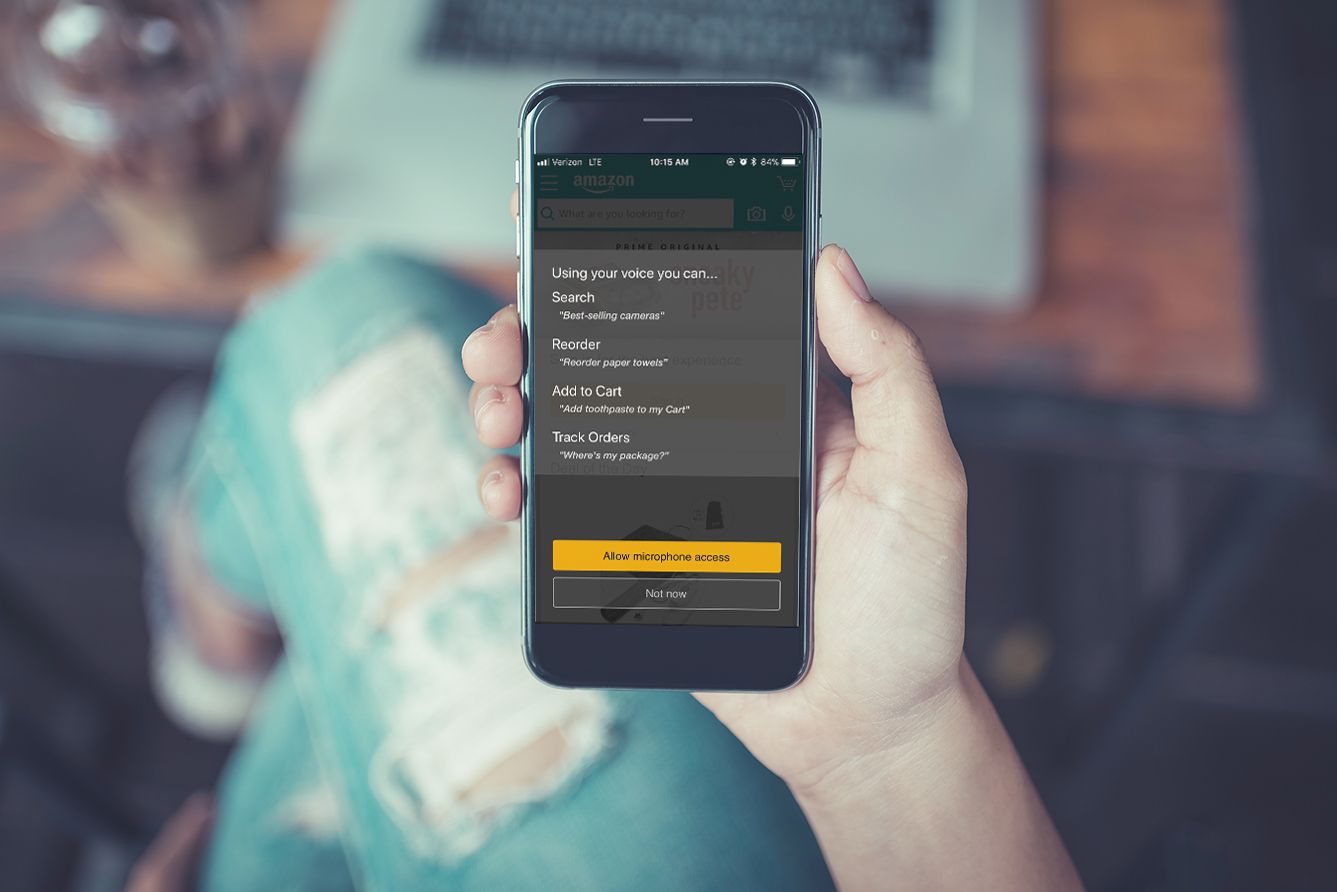
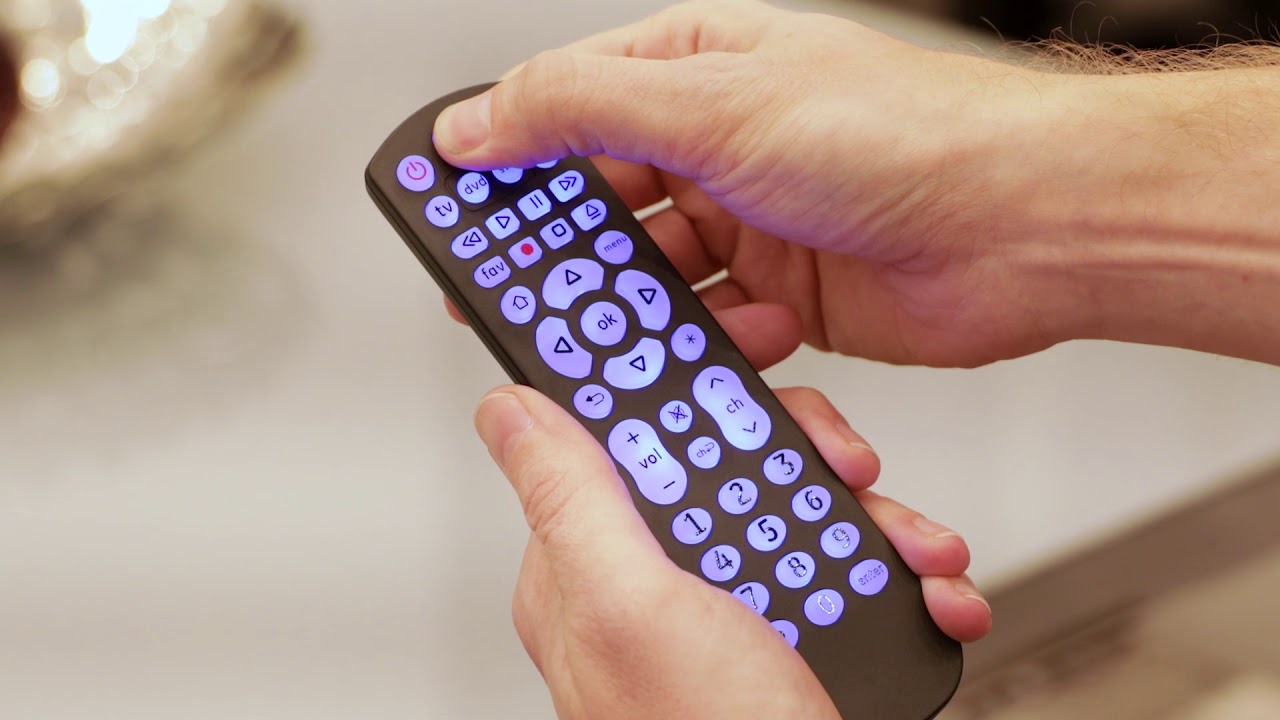
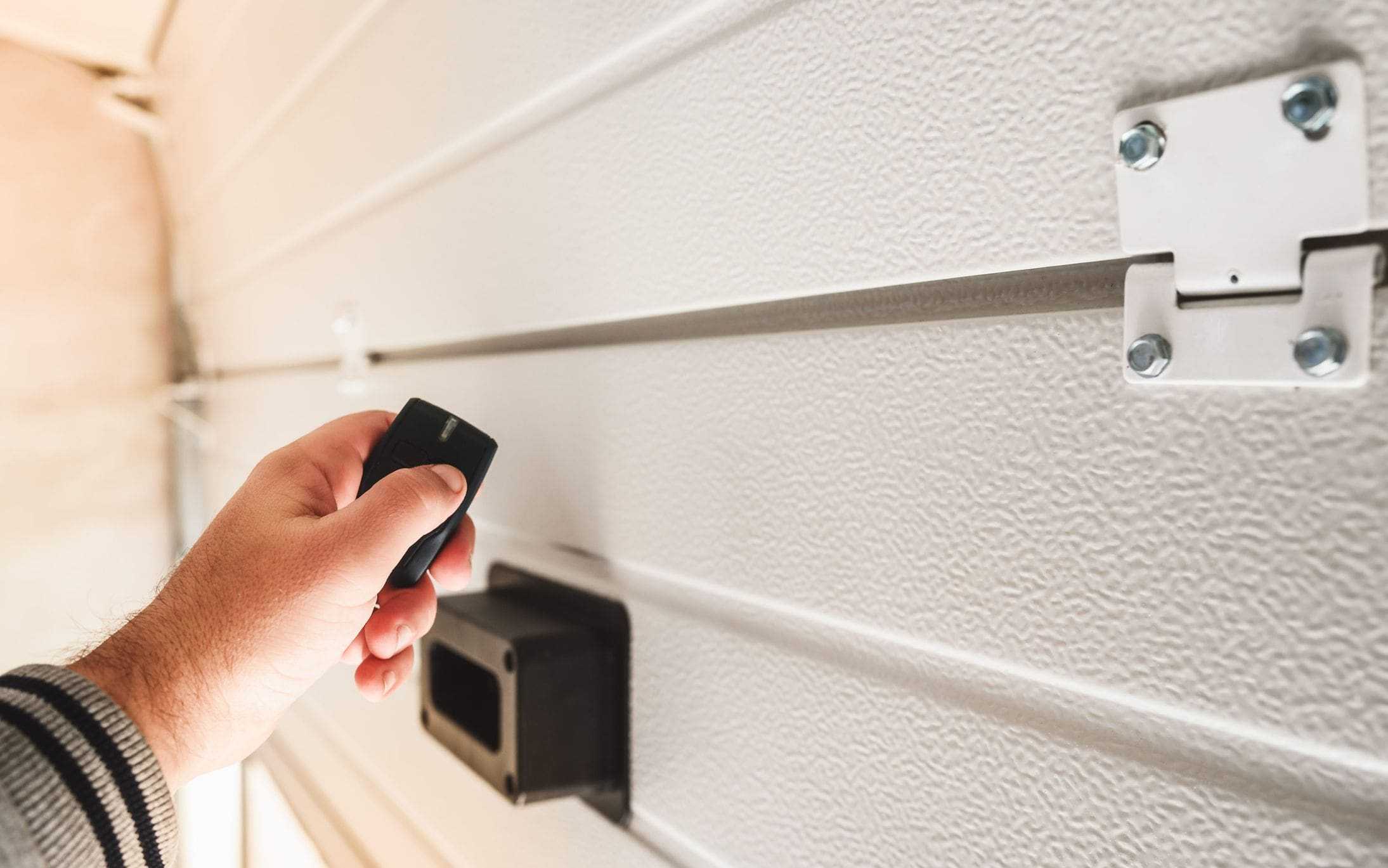
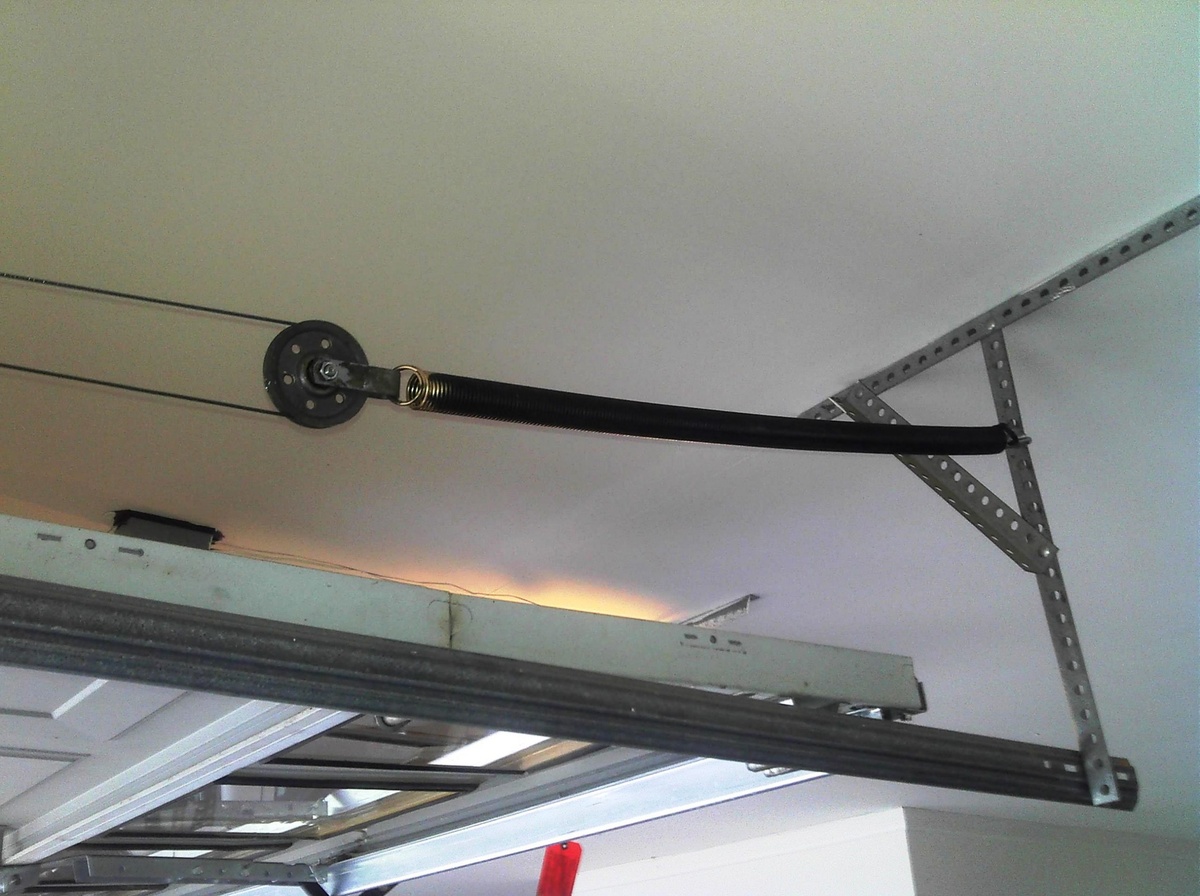
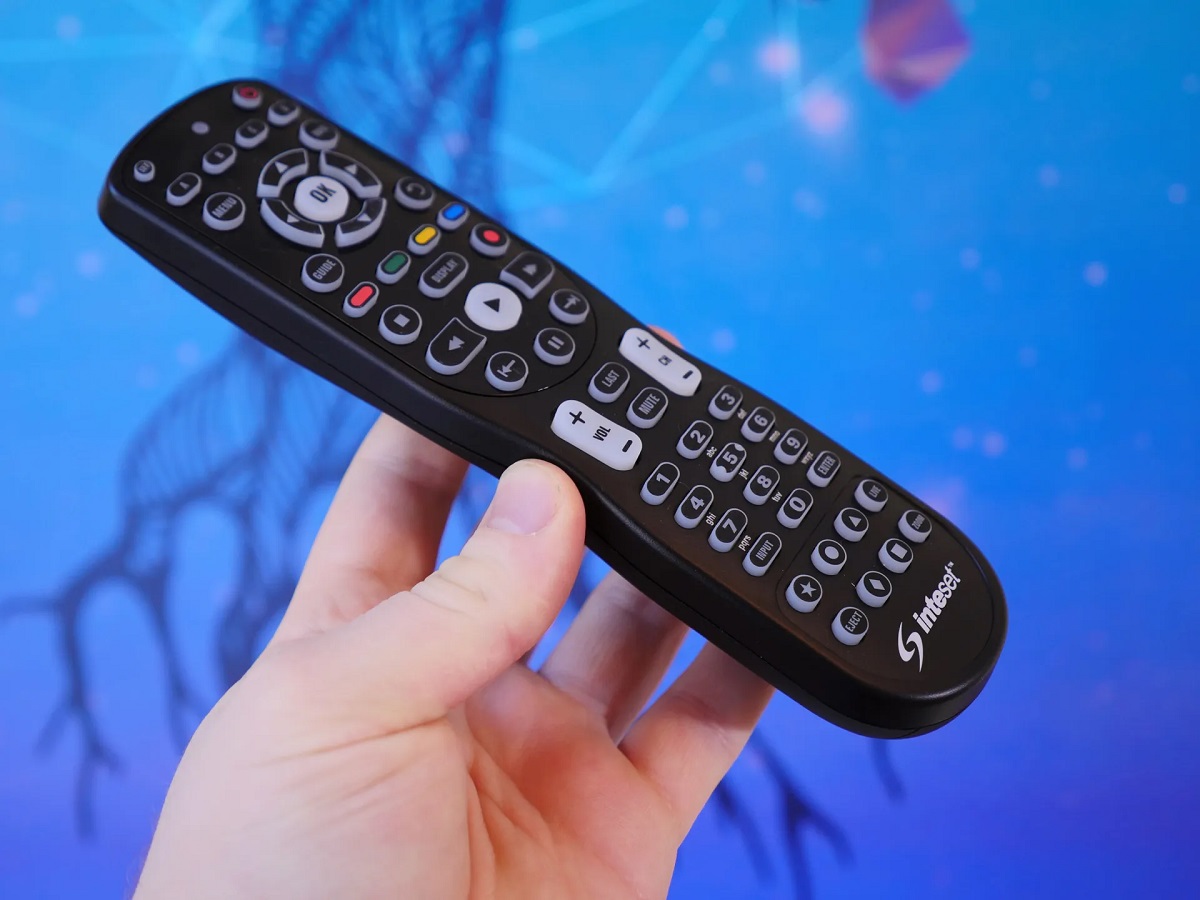
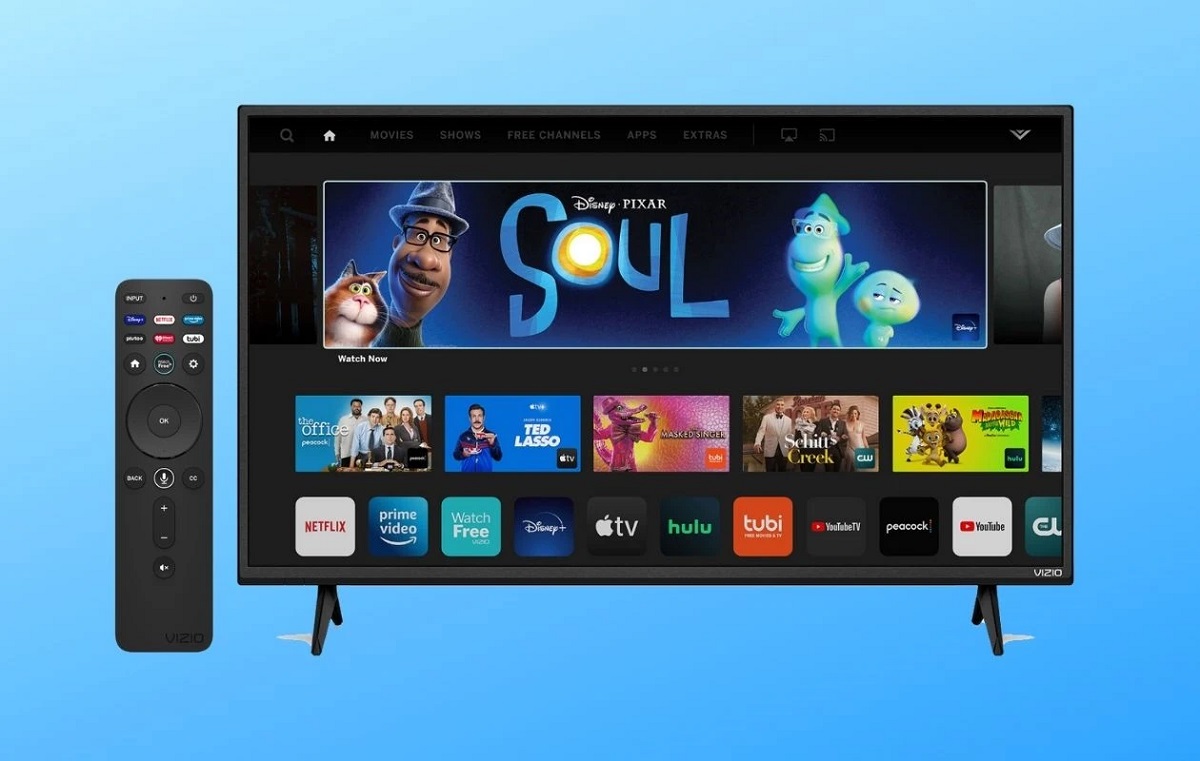
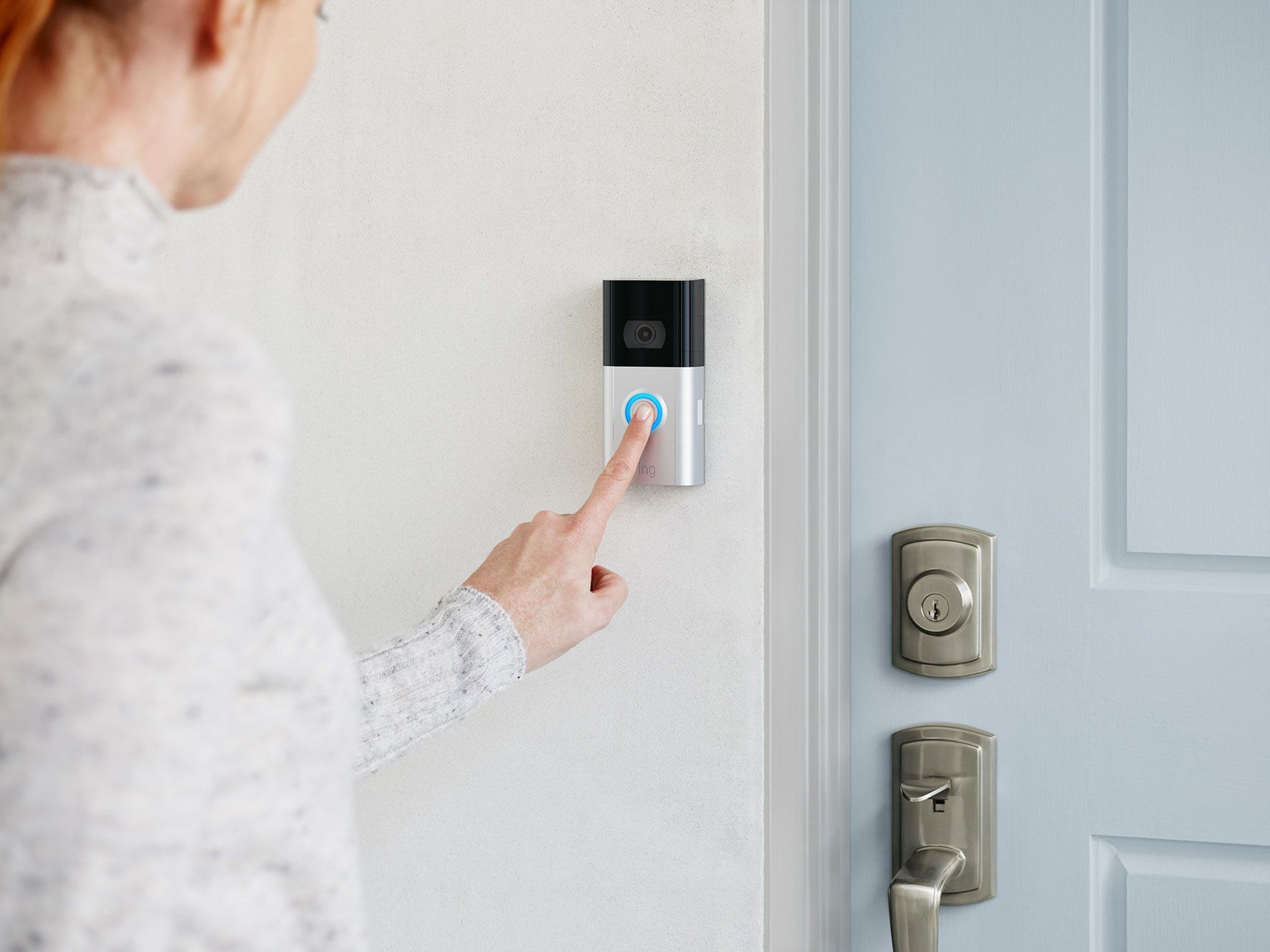
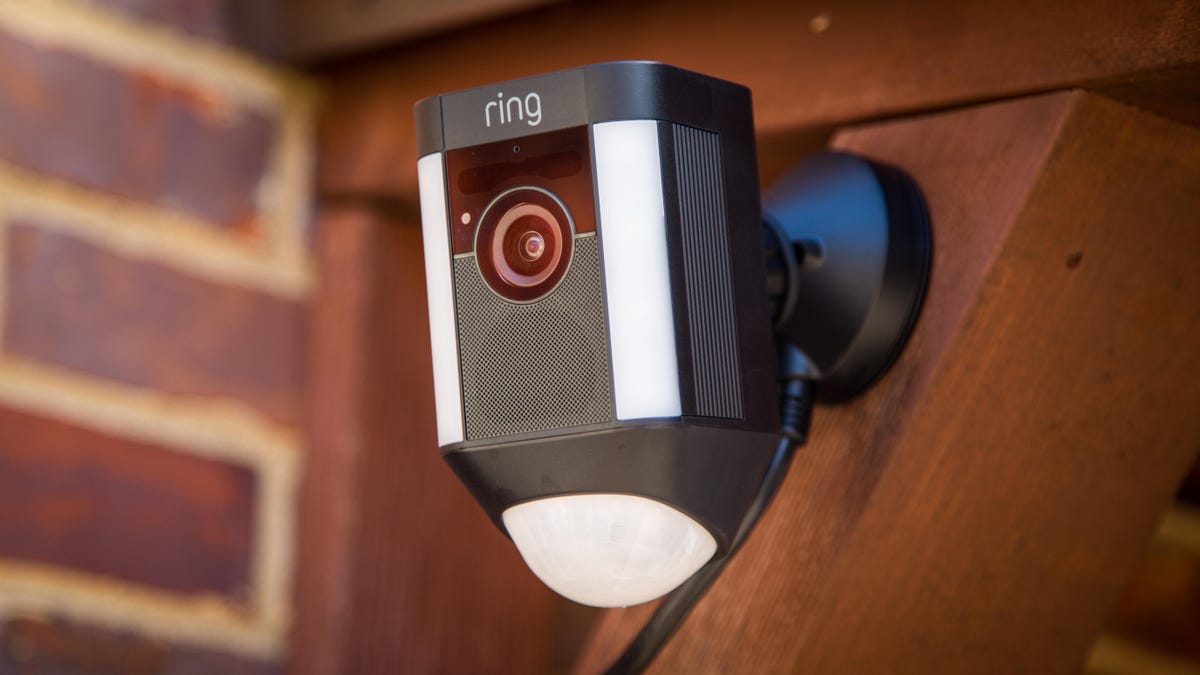
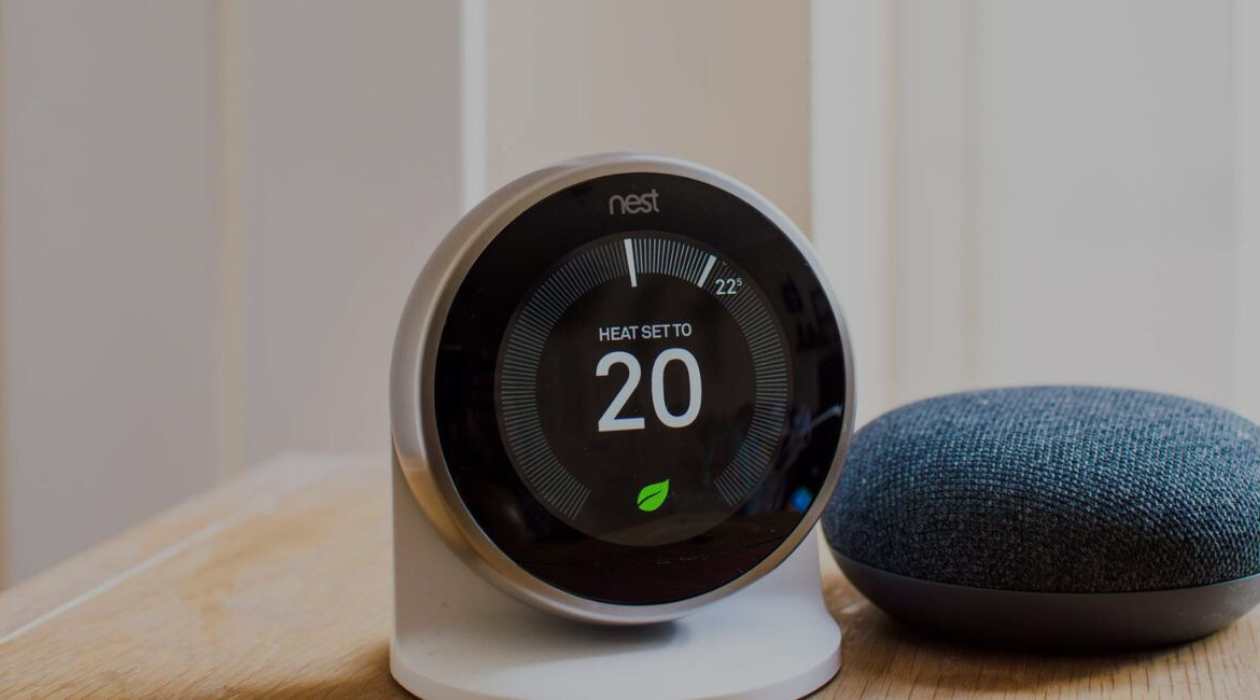

0 thoughts on “How Does Alexa Remote Work”